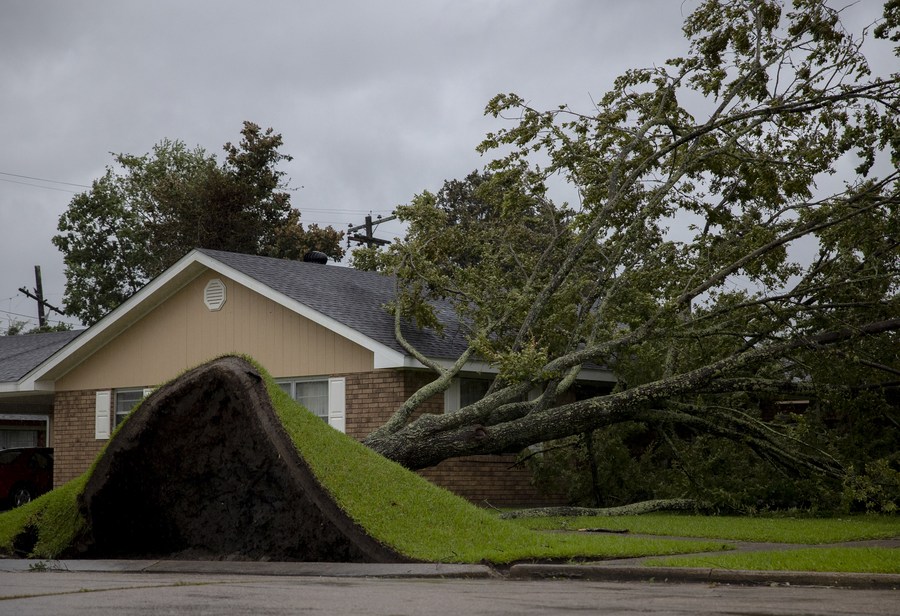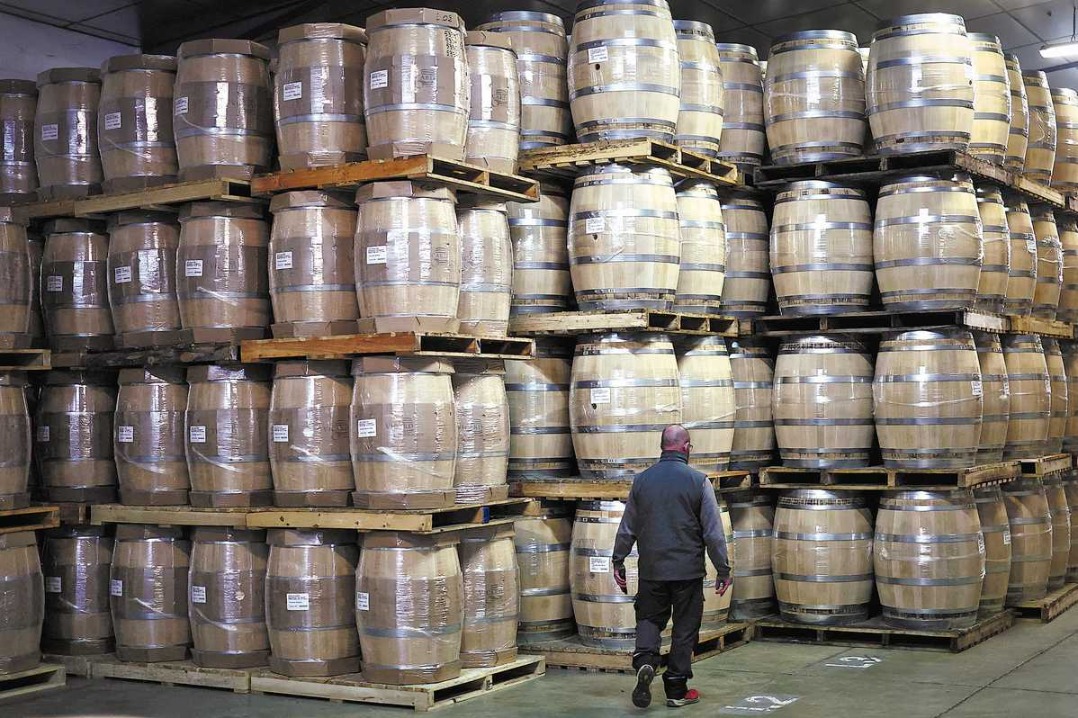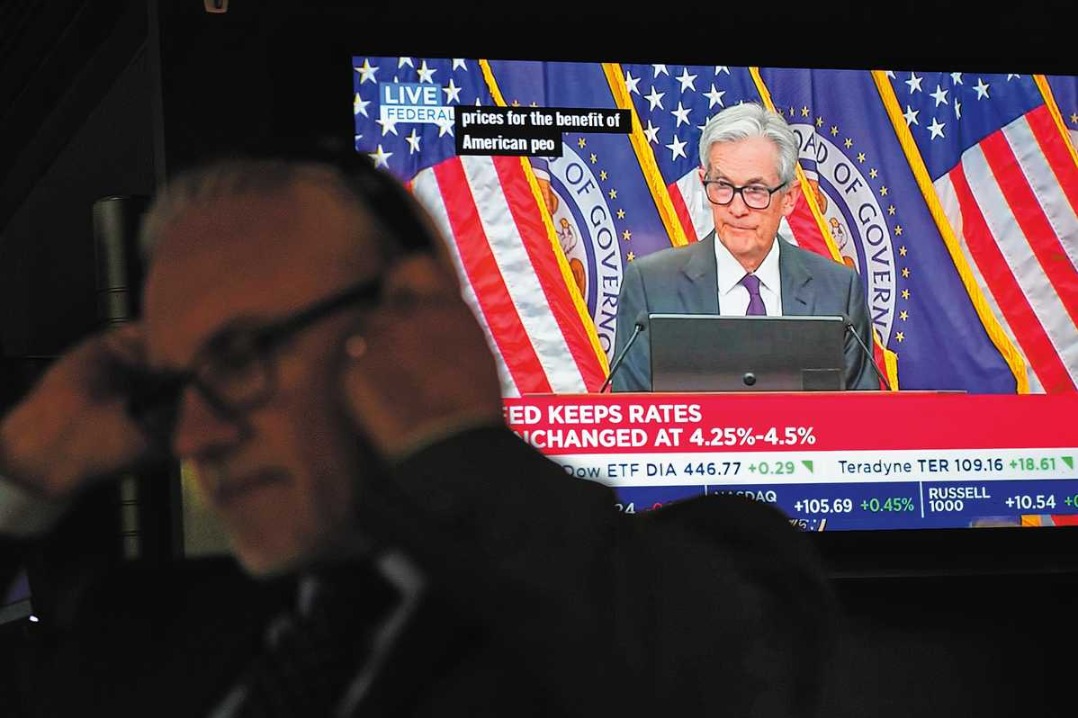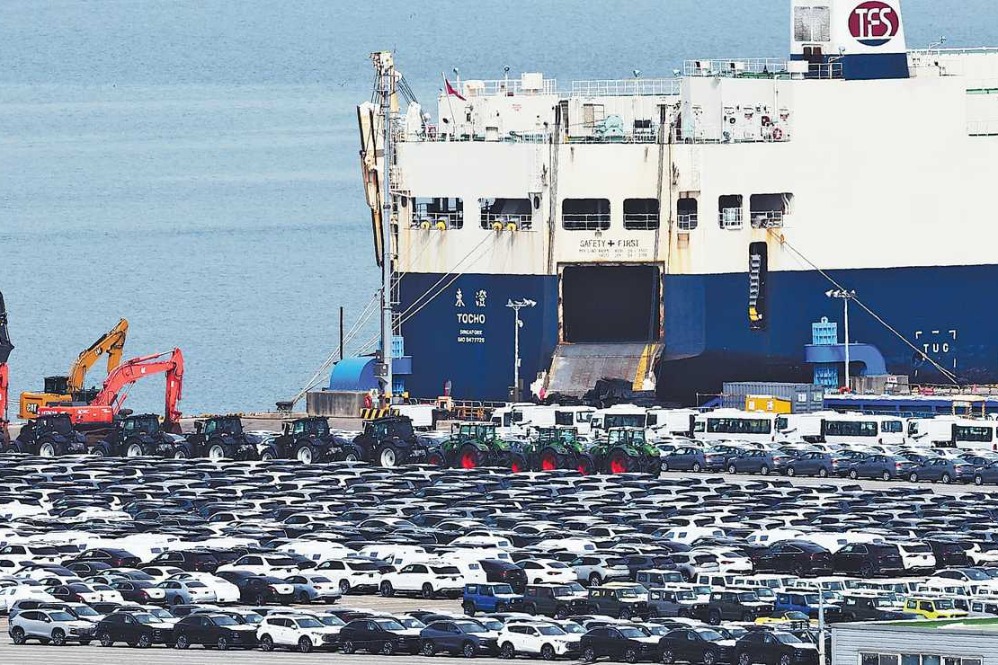Rescue teams deployed in Louisiana after Hurricane Ida


Rescue teams in hundreds of boats joined helicopter crews in southeast Louisiana on Monday to search for residents trapped in attics and on rooftops by floodwaters after Hurricane Ida hit the area with 150 mph winds and a storm surge so strong that it temporarily reversed the flow of the Mississippi River.
Local media reported residents sharing their addresses on social media after becoming trapped inside attics or on rooftops.
One message read: "Family with 9 kids. Roof collapsed. Phone dead." Another said: "Two elderly, one disabled and medically fragile younger adult in attic." And a third: "Please, send rescue to my brother and sister... They are in the attic of their home. They need a boat to get out. Please, go get them!"
More than 1 million homes and businesses were without power Monday across a swath of Louisiana, including all of New Orleans, after the hurricane made landfall in southeast Louisiana Sunday afternoon — exactly 16 years after Hurricane Katrina devastated New Orleans.
Ida was downgraded to a category 4 hurricane and then weakened to a tropical depression on Monday, moving into Mississippi and threatening large parts of the South with record rainfall.
There was one confirmed death, but Louisiana Governor John Bel Edwards said he expected the death toll to rise.
Dozens of streets in New Orleans were flooded and some levees failed or were overtopped south of New Orleans. However, Edwards said that the system of flood walls, levees, canals and barriers constructed by the US Army Corps of Engineers spared New Orleans and the immediate area from the devastation Katrina caused the city.
The hurricane's surge was so strong that for about two hours it reversed the flow of the Mississippi River to the north, according to the US Army Corps of Engineers.
More than 1,600 emergency personnel were deployed across Louisiana to conduct search and rescue efforts, the governor said. There are 21 urban search and rescue teams from some 15 states ready to join the search, he told CNN.
The Federal Emergency Management Agency (FEMA) on Sunday activated an 83-member team of specially trained New York City police officers and firefighters to Louisiana to help in recovery efforts.
Texas Governor Greg Abbott announced Monday he would deploy emergency resources to Louisiana to aid in recovery efforts.
The Louisiana National Guard tweeted Monday night that 4,900 guard members, 195 high-water vehicles, 73 rescue boats and 34 helicopters have been deployed to help with rescue operations.
Edwards said 22 nursing homes and 18 assisted living facilities have been evacuated, though evacuating the largest hospitals wasn't an option because he said there aren't other places to send residents.
The governor's office said more than 2,200 evacuees were staying in 41 shelters as of Monday morning, a number expected to rise as people were rescued or escaped from flooded homes.
Christina Stephens, Edwards' spokeswoman, said the state will work to move people to hotels quickly so that they can keep their distance from one another.
Even before Ida hit, Louisiana was battling a fourth coronavirus surge sparked by the highly contagious Delta variant and relatively low vaccination rates across the state.
"This is a COVID nightmare," she said. "We do anticipate that we could see some COVID spikes related to this."
The storm is the latest in what the National Oceanic and Atmospheric Administration has forecast will be a busier-than-average season. It forecasts between 15 and 21 named storms, and three to five of those becoming major hurricanes.
































